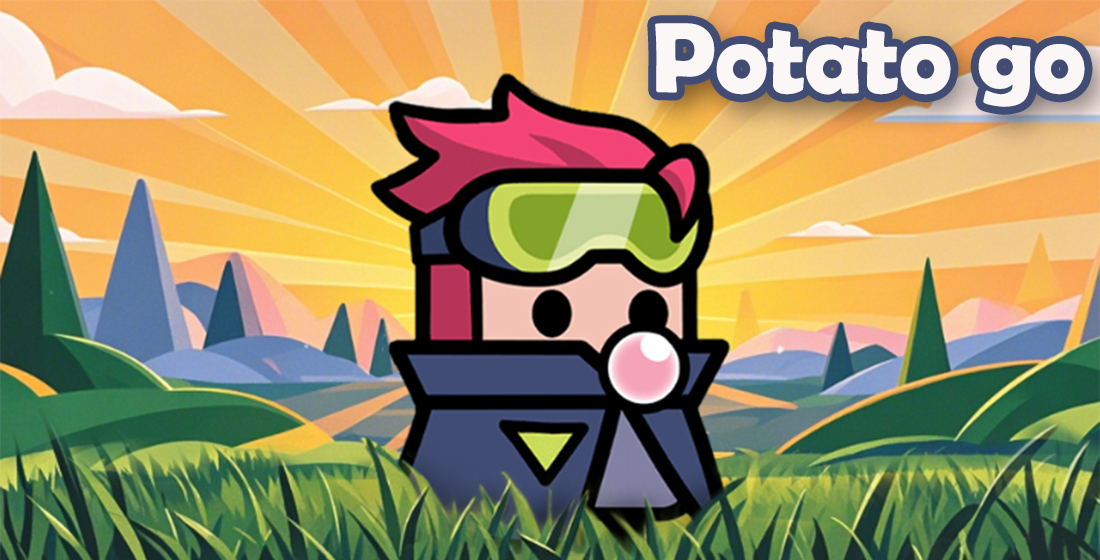The Surge of Creative Games: Beyond Traditional Match-3 and Endless Runners
For most players, casual games have long been synonymous with puzzle-solving or timed challenges like *Candy Crush* or *Subway Surfers.* But over the last several years—something shifted. Players aren’t satisfied just collecting coins or swiping tiles anymore. Enter creative games: a sub-genre within casual mobile gameplay that’s taking personalizaton to heart. Unlike traditional casual games where winning is about score alone, titles rooted in creativity allow gamers to express themselves—whether it's designing homes, crafting entire kingdoms from mud-bricks, or managing bustling cities in vibrant virtual worlds.**Creative gaming has evolved beyond passive entertainment—turning players into digital architects and imaginative leaders,** reshaping player engagement patterns on the whole market landscape.
Creative Meets Community: The Role of Building and Social Interaction
Unlike their action-packed cousins (looking at you *Call of Duty Mobile*,) creative games tend to lean into more relaxed vibes. That isn't to say they’re low stakes, just…different stakes. You won’t find yourself jumping through lasers while under fire. Instead, you’re building a village square, arranging flowers in perfect symmetry for that "cute layout bonus", or teaming up in guilds to fight a shared enemy like with *Free Builders: Clash of Clans*. Here, collaboration often beats raw combat skill—which flips typical casual competition paradigms. In these environments:- Players contribute individual pieces to form a greater collective creation
- Social feeds keep track of neighbors’ progress and encourage mimic/stealing designs 😉
- In-game markets facilitate trading unused resources instead of buying new ones
- Buidling projects become community-wide undertakings rather than solo grind
How Do Builders & Sim-Based Titles Fit Into Casual Play?
Many wonder whether titles that take minutes—no days—to learn, qualify as true “casual." Below shows key elements shared among these seemingly slower, but deeper genres:| Attribute | Moba / Strategy Titles | Creative / Casual Simulation |
|---|---|---|
| Play Session | Usually ≥5 mins; intense focus needed | Frequent short bursts |
| Lifesycle | Rewards delayed till later matches | Near instant feedback via UI changes |
| Tapping vs. Gestures | Frequent taps, swiping attacks | Simple taps/drops only |
| Sleep Time Accessibility | You lose progress offline | Your city grows passively during log out |
"If Minecraft had snack breaks built in—would kids stop running away?" – Hypothetical Parent in App Store Review But really, this blending of game-play themes keeps attracting broader users and making free creative simulation feel more inclusive everyday-wise, which matters a lot when competing for fragmented adult attention spans.



